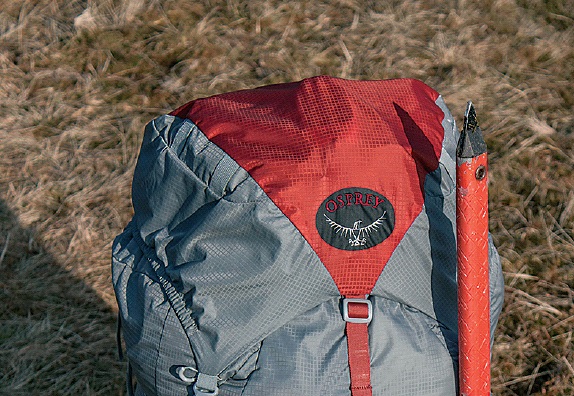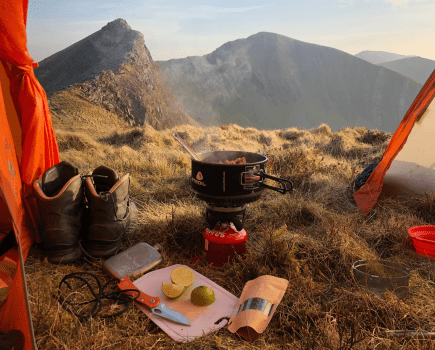Chris Townsend explains his approach to organising his pack for a trip to the hills in cold weather
Digging gear out of the bottom of your pack with cold fingers in a blizzard is not pleasant or easy so it’s important to keep the items you are most likely to need accessible, which means in pockets or at the top of the pack. Exactly where depends on the design of your pack. Whatever it is, the bottom half of the main compartment should be for items you don’t expect to use like a bivy bag and spare clothing.
Items like hats and gloves can go in a front pocket if there is one as they don’t weigh much and won’t affect the balance of the pack. Otherwise I store them in a side or top pocket. Other small things like snacks and headlamp can also go in the top pocket.
RELATED: What to carry on a winter walk
Insulated flasks can go in side pockets too but non-insulated bottles should go inside the pack to minimise the chance of them freezing. These can be wrapped in a warm jacket, which should be kept at the top of the pack so you can pull it out and put it on as soon as you stop for a break or if you start to feel chilly.
A sitmat or insulating pad (I prefer half a closed cell mat in winter) can be strapped to the side of the pack. Apart from being easy to access that way, if it’s wet from snow it won’t dampen other gear.
Crampons should be kept in a tough pouch so they don’t tear any gear. This pouch can be strapped on top of the pack or kept in the top of the main compartment. Ice axes are traditionally attached to loops on the back of the pack. This is fine when walking to the snow but when the axe might be needed it’s better to store it on the side of the pack or between the pack and your back so it’s easy to access. Electronic items – GPS, smartphone, spare batteries – should be kept on you so they don’t get too cold. Map and compass should be in a jacket pocket too or else in a map case that’s attached to you.








